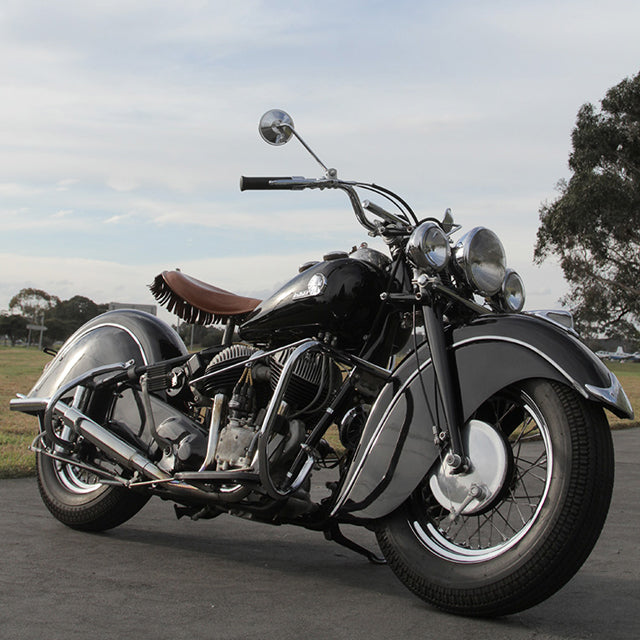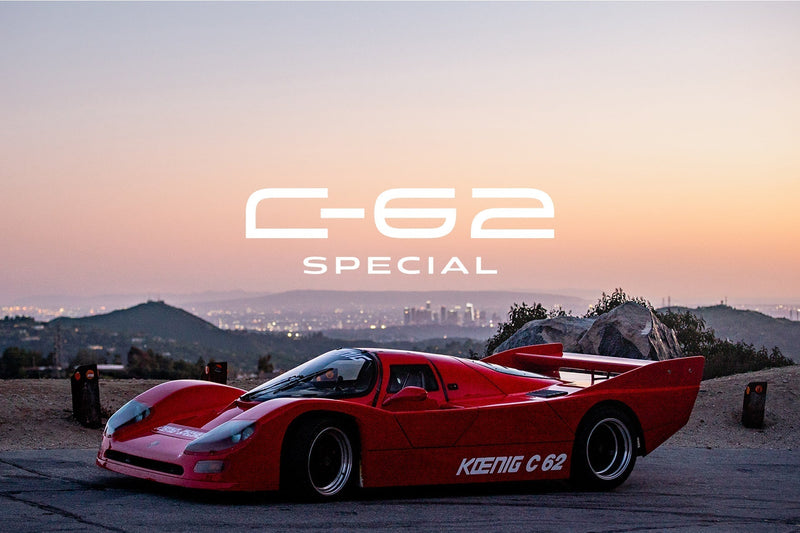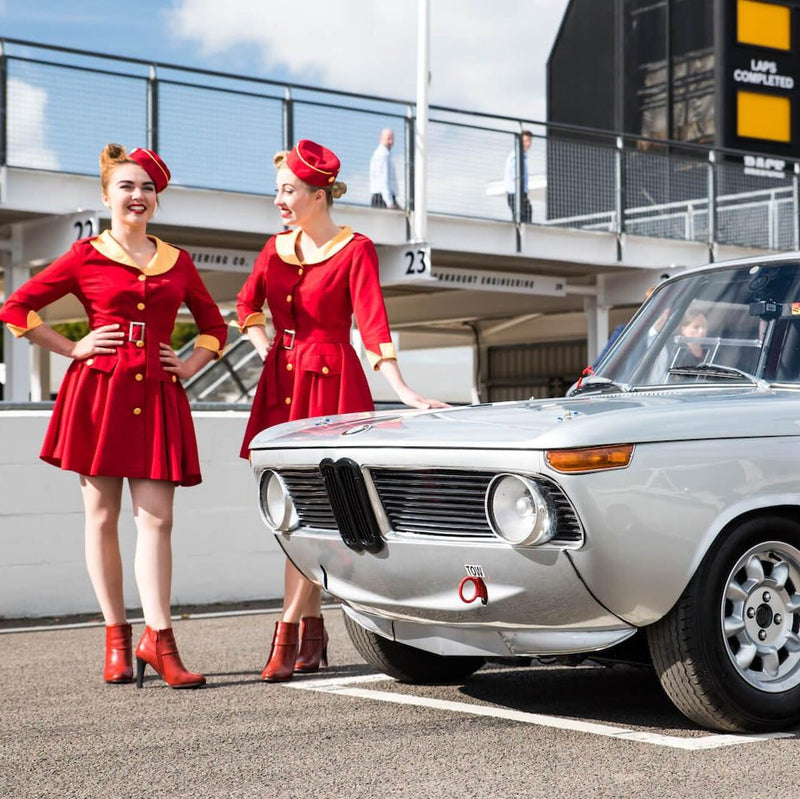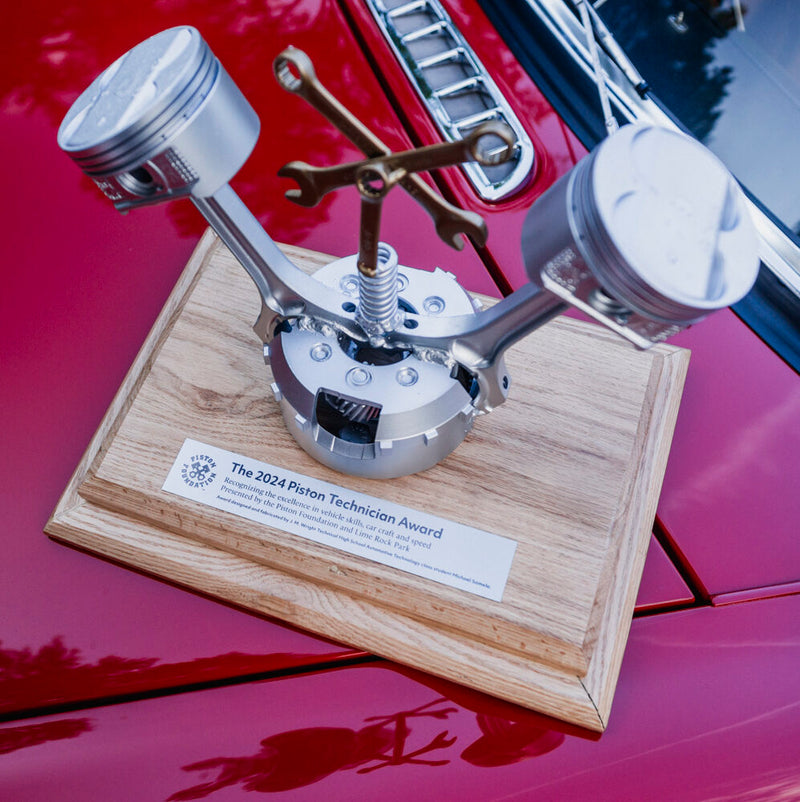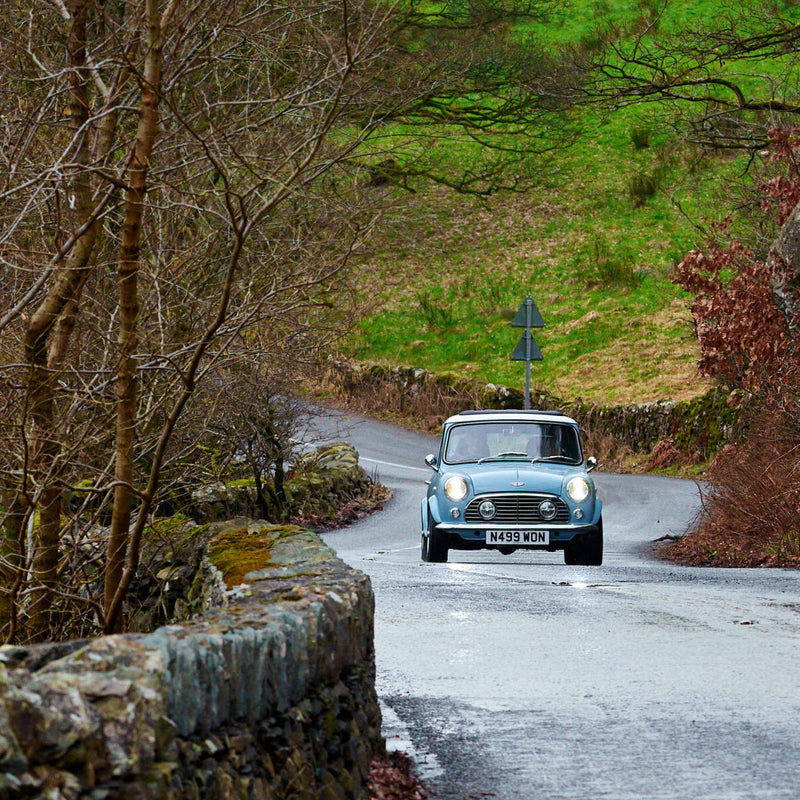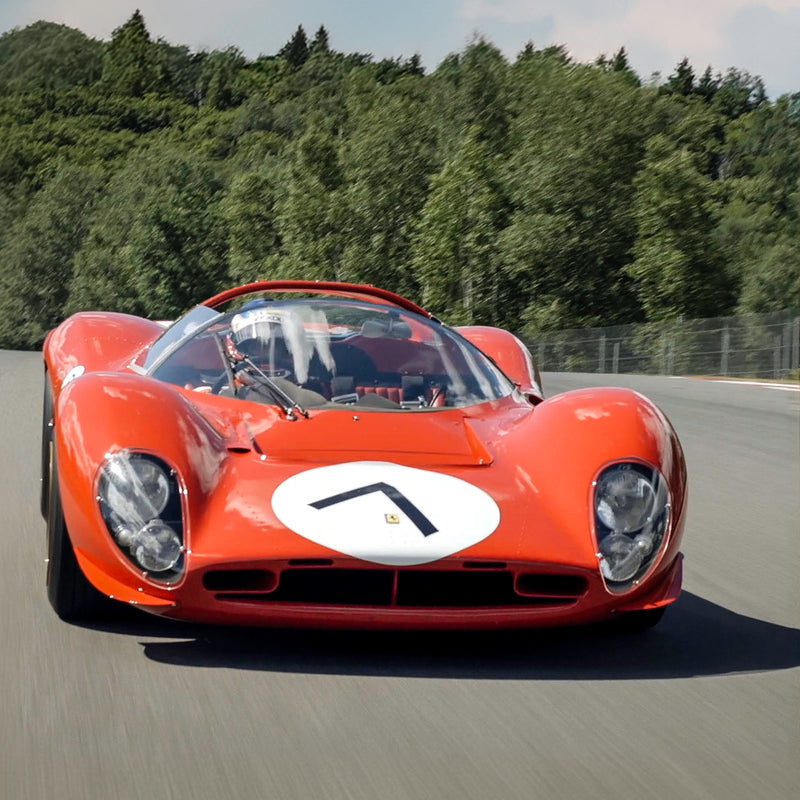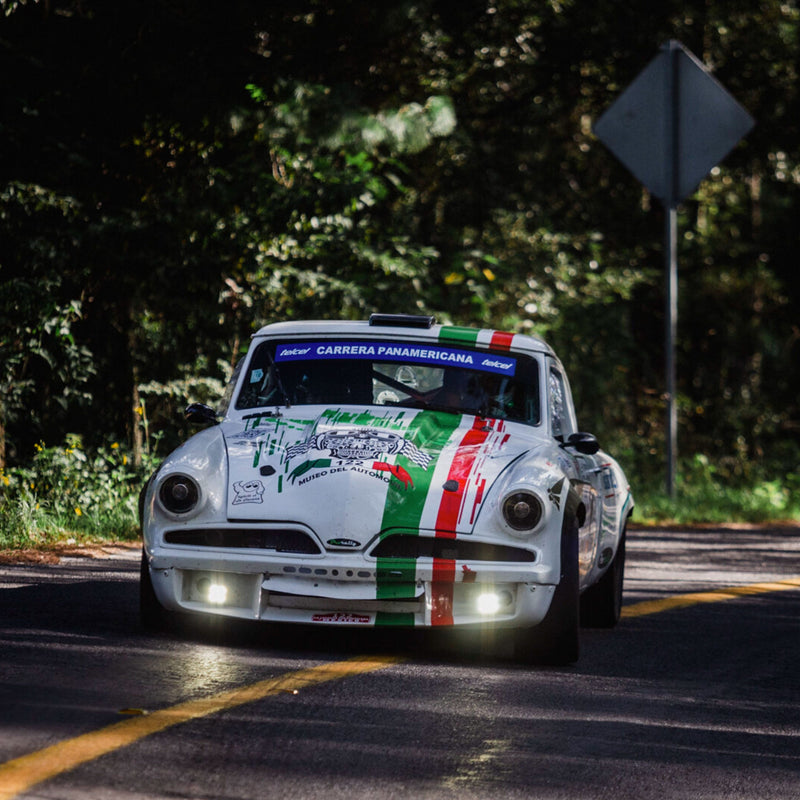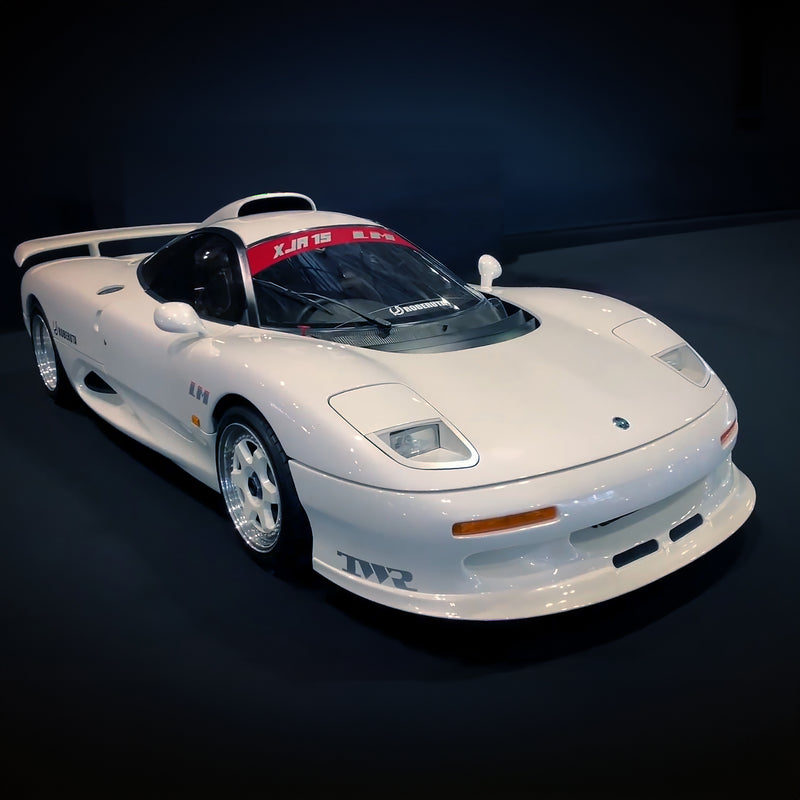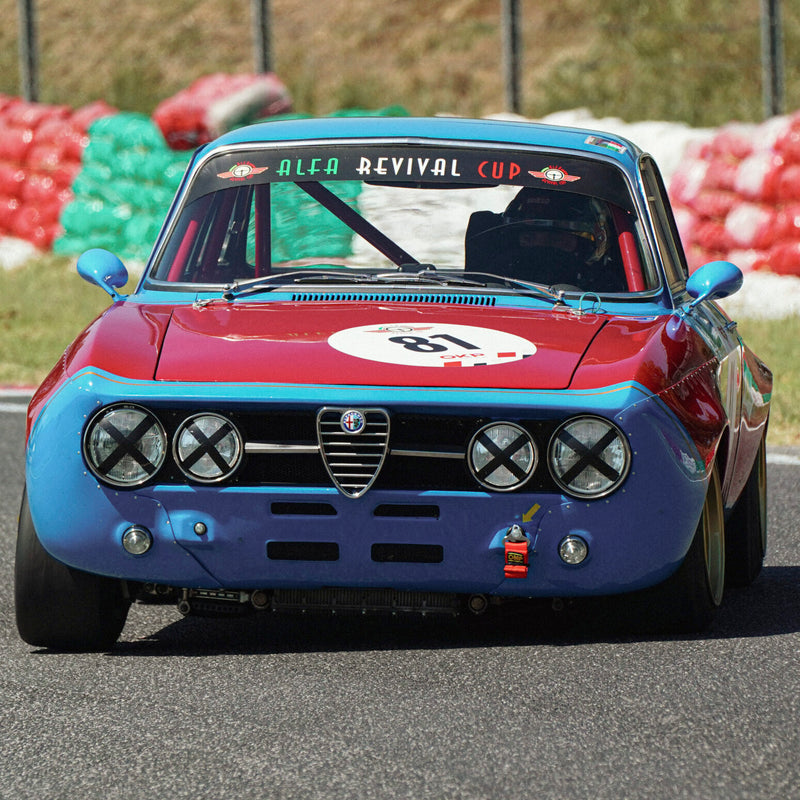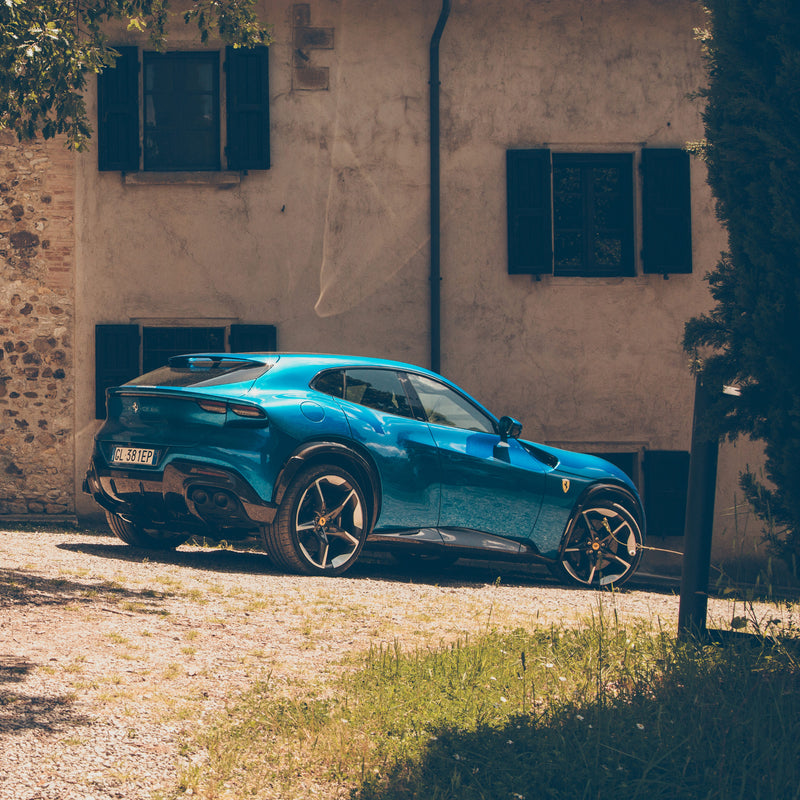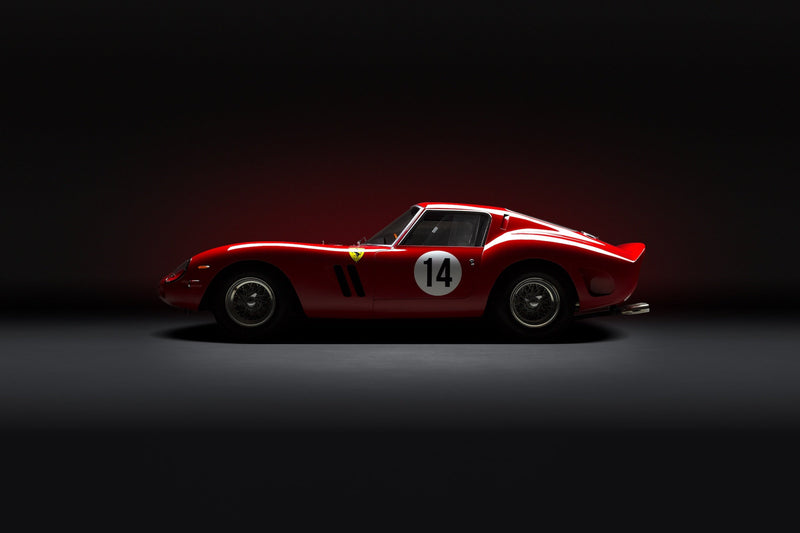Story and Photography by Adrian Gadaleta
Looking for a reliable, stylish motorcycle built in the early post-Second World War period leaves enthusiasts with a considerable number of choices between makes, models, styles, and varying technologies. For the first time in motorcycle history, a number of things came together to create the first period of “modern” motorcycling, and saw the introduction of some of the most important technical bridges that worked to develop the sport into what it is today.
Many manufacturers began to make the shift away from the common but expensive V-twin engine design, turning instead to the parallel twin. Easier, cheaper, and lighter to manufacture, this gave birth to the golden era of British motorcycling—and America was no longer leading the way forward. Girder forks were replaced by hydraulic front ends, side valves slowly gave way to overhead valves, electric components improved, and the modern motorcycle rose out of the ashes of the Second World War.

For this brief period, the perfected methods of the old ran alongside the modern advancements in technology of the new. For the Indian Motorcycle Company, newly purchased from the DuPont Empire by Ralph Rogers, surviving meant evolving, and it aimed to introduce new, lighter, and smaller models similar to the Triumph Speed Twin. It discontinued the old Scout model and relied on the Chief to generate the sales needed to keep the company afloat, which had been in production since its original debut in 1922 (the inter-War period is widely regarded as Indian’s golden age, with many technical and financial milestones achieved by the company).
As history shows, Indian could not compete with The New World. All of its new models, including the new Scout, flopped. Pulling the Chief from the 1949 line-up was a costly attempt to push sales on to the other models…and was quickly re-introduced the following year. As the company sank into receivership, the last Chief rolled out of the factory in 1953.
However, this brief period in time left us with something of a grand send-off by the Indian mark, and something regarded by many enthusiasts as the most perfected version of the Indian models: the final incarnation of the Indian Chief.



With many small changes made between 1946 and 1953, there are many “personality differences” between years. 1946 models have a one-year-only badge, ’48s have slightly different aesthetics and auxiliary components, ’50-’53 all have hydraulic forks and the “Blackhawk” 80 c.i. motor, and the final year model saw a smaller front fender, a British Amal carburetor, and large Harley-style seat. As each year’s set of features will appeal to different enthusiasts accordingly, making a choice on the right year is easier than you may expect.
Riding a Chief is not something one would want to do without commitment, however. Having a hand shift, foot clutch, and left hand throttle (complete with right hand timing control!) takes several trips through back streets to get the hang of. But as confidence builds, you can soon appreciate that this is a well-designed, solidly-built motorcycle that will easily handle modern traffic and gracefully manage a thousand mile long weekend away in the mountains road. The torquey motor pulls away cleanly, the handling is precise, and the ride is comfortable.

Having developed quite a solid following over its production run of three decades, almost every part is now being re-manufactured, and several sensible upgrades, such as to the brakes and electrics, are available.
Prices are likely to steadily increase as entry level models continue to be snapped up, so if you are looking for a stylish, reliable classic motorcycle that you’re itching to do 500 miles on, a late Indian Chief may just be an alternative—especially if you love to cruise.
Thank you to Antique Motorcycles, Melbourne, for providing the motorcycles for this story.






